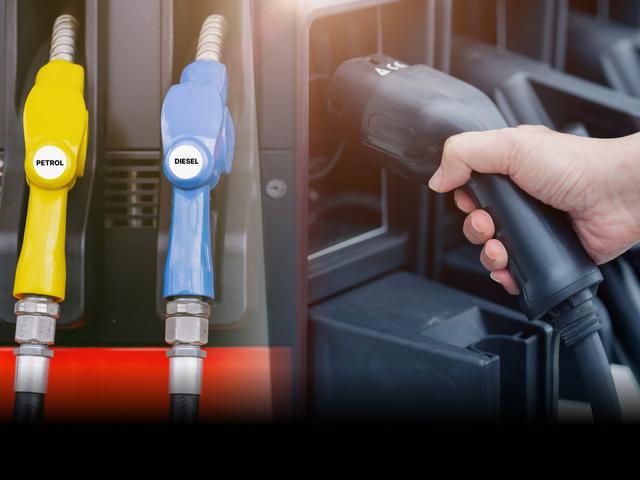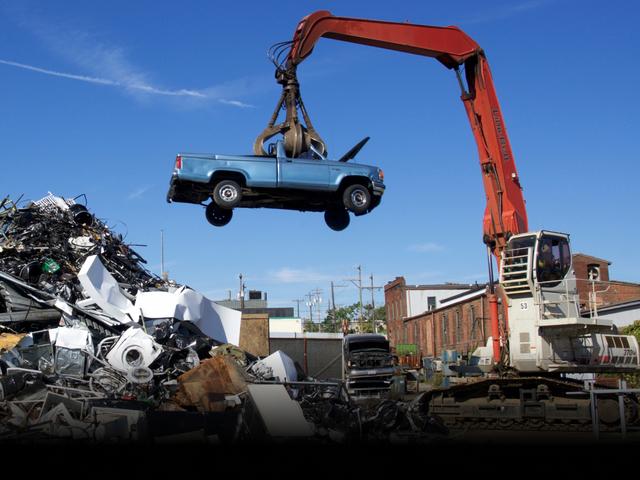


Blink blink !
Its almost here


New FASTag Rules: What Car Owners Need to Know
- 1The new FASTag rules are effective starting February 17, 2025
- 2The updates to FASTag impact how transactions are processed at toll plazas
- 3The new FASTag rules are aimed at making toll payments structured and hassle-free
Starting February 17, 2025, new rules for FASTag users will come into effect. The National Payments Corporation of India (NPCI) has introduced changes that will impact how transactions are processed at toll plazas.
If a FASTag has a low balance or is blacklisted, users now have a specific time window to fix the issue. Otherwise, their toll payment may be rejected. This article breaks down what these changes mean and how they will affect daily travel.
FASTag Transactions will now have a 70-Minute Processing Window

Under the new rules, if a FASTag is low on balance or blacklisted, the system will check its status within a 70-minute window—from 60 minutes before the FASTag is read at the toll plaza until 10 minutes after.
If the issue is resolved within this period, the transaction will go through. Otherwise, the payment will be declined under "reason code 176."
In simple terms, this means you cannot recharge your FASTag at the last moment—just as you approach the toll booth. The system will already have checked your balance in the previous hour, and if the recharge isn't processed in time, the transaction may still fail.
Why is my FASTag Blacklisted?
A FASTag can be blacklisted for multiple reasons, including:
- Low balance
- Pending KYC update
Mismatch between the vehicle’s registration number and RTO records
If your FASTag is blacklisted and you don't resolve the issue at least 60 minutes before reaching the toll booth, your payment could be rejected.
However, if the problem is fixed within the 70-minute window, the transaction will go through.
Understanding the 60-Minute and 10-Minute Rule
.jpg)
NPCI has set two key time frames for FASTag status checks:
60 minutes before reaching the toll plaza – If your FASTag is already on the blacklist or has low balance during this period, your transaction could be declined.
10 minutes after crossing the toll scanner – If you recharge your FASTag or fix the issue within this time, your transaction might still be processed, depending on how quickly the toll plaza system updates.
This system allows users a small grace period to recharge their accounts, but it also means that last-minute recharges may not always work.
What happens if your FASTag is Blacklisted?
Here’s how the new rule works in different situations:
If your FASTag is blacklisted before you reach the toll plaza, your transaction will be declined, and you may have to pay double the toll fee.
If you recharge your FASTag 60 minutes before or up to 10 minutes after crossing the toll booth, your transaction will go through, and you’ll only be charged the normal toll amount.
If your FASTag is blacklisted and you cross the toll without resolving the issue, you will be charged twice the toll fee as per existing penalty rules.
NPCI has clarified that if a recharge is done just before reaching the toll, the system may not update instantly due to differences in how toll plazas receive data. This means some users may still face rejections even after recharging.
How Will These Changes Affect FASTag Users?
.jpg)
Experts say these new rules are designed to reduce disputes at toll plazas and make the system more efficient. However, they also warn that users must now be more careful about keeping their FASTag accounts updated to avoid issues.
These rules are aimed at helping prevent fraud and improving toll collection efficiency, but they may also cause inconvenience for those who forget to recharge in advance.
A key piece of advice is that users should regularly check their FASTag balance and ensure that their KYC details are up to date.
If all goes to plan, this system will ultimately reduce congestion at toll plazas by ensuring smoother transactions and fewer disputes over failed payments.
Key Takeaways for FASTag Users

The new FASTag rules may cause slight inconvenience for some users initially, but in the long run they will be beneficial for all road users.
Recharge your FASTag well in advance—do not wait until the last minute.
If your FASTag is blacklisted, fix the issue at least 60 minutes before reaching the toll plaza.
If you recharge just before reaching the toll, there is no guarantee the transaction will be processed in time.
If your FASTag is blacklisted when you cross a toll, you may have to pay double the toll fee.
- Check your KYC details and vehicle registration to avoid unexpected blacklisting.
Conclusion
The new FASTag rules are aimed at making toll payments more structured and hassle-free. However, they also require users to be more proactive about managing their accounts. The best way to avoid issues is to keep your FASTag recharged, check its status regularly, and ensure your KYC details are updated.
By following these simple steps, you can ensure a smooth and uninterrupted journey on Indian highways.
Frequently Asked Questions
Expand all

Blink blink !
Its almost here













.jpg&w=640&q=75)









Blink blink !
Its almost here









.jpg&w=828&q=75)

